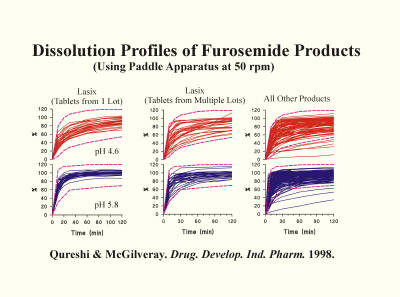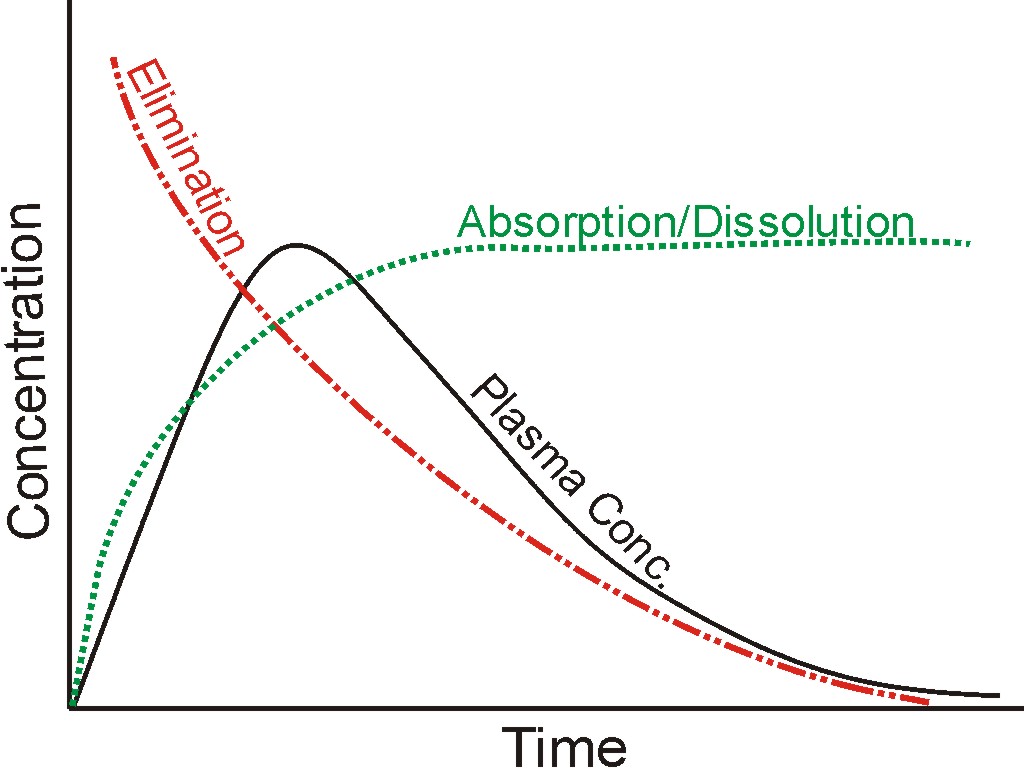It appears that the current practices of dissolution testing follow two separate and parallel paths. For example, a simple question would be, “how to conduct a dissolution test?” A common response usually is to use any of the “approved” dissolution apparatuses such as USP Paddle/Basket with associated experimental conditions such as 1L capacity glass/plastic vessel, 900 mL or less medium (buffer or water), 50/75/100 rpm. Then, if needed, some solubilizing agent (e.g., SLS) may be added to it along with all the instructions/suggestions to control the specifications and operation of the apparatuses/testing.
In reality, however, the question is usually not intended towards the available choices of apparatuses or associated experimental conditions but seeking a methodology to determine dissolution characteristics of a product. To answer this question, one has to have a standardized apparatus with fixed associated experimental conditions. Furthermore, this apparatus and its associated experimental condition must provide dissolution results (verifiable independently from the dissolution tester) of a reference product. Therefore, for determining dissolution characteristics, one has to have a standardized tester (apparatus and associated fixed experimental conditions) and a reference product with known dissolution characteristics. Once an analyst can determine the acceptable results of the reference product using a standardized tester, then this tester is to be used to determine the unknown dissolution characteristics of the test products. Suppose the results are not as desired or expected. In that case, analyst must work with the product (formulation/manufacturing) and NOT with the experimental conditions, which would void the dissolution test and results.
The current situation is that neither a standardized dissolution tester nor a reference product is available to the analyst, but the technique is expected to provide dissolution characteristics of a test product. The analyst has to be confused and frustrated and the pharmaceutical industry, which loses significant amounts of money for conducting dissolution testing of limited value.
To address this confusion, a new approach in dissolution testing using a new spindle has been suggested. For further discussion in this regard please see the title “Know Ur Product” and other links (1, 2, 3, 4).


